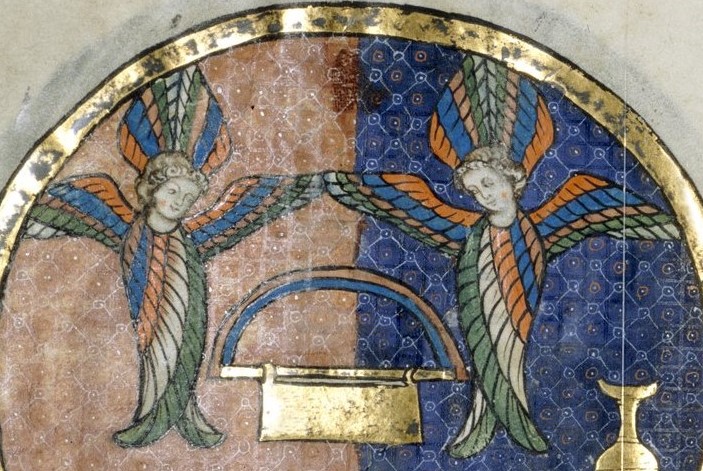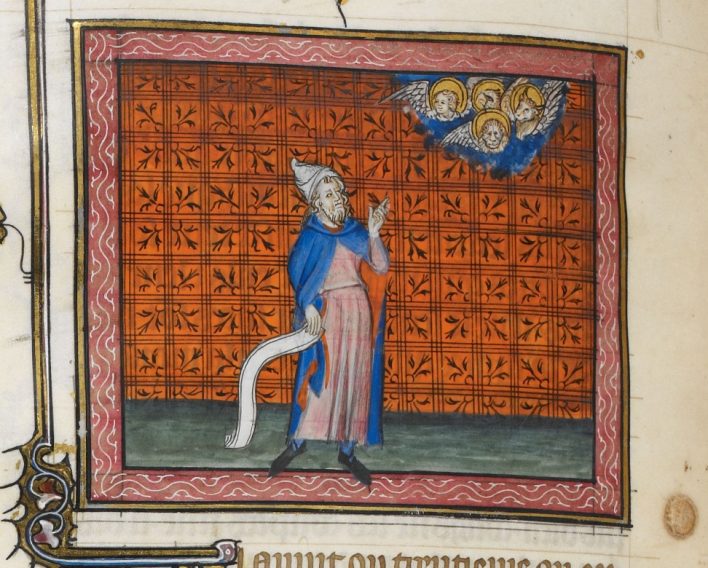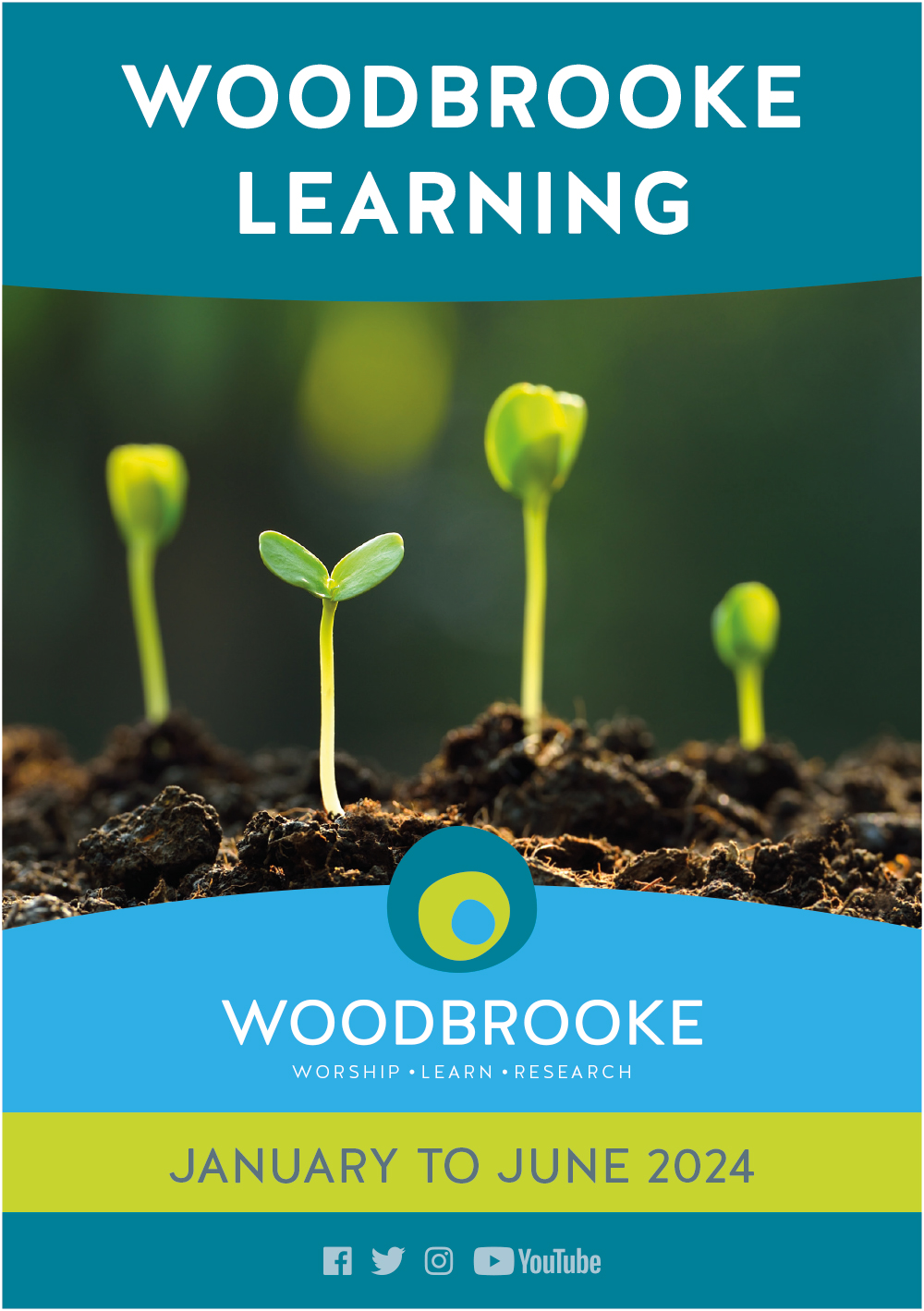In this post, Ann Conway-Jones explores the significance of the temple in Hebrew and Christian scripture.
Then the cloud covered the tent of meeting, and the glory of the Lord filled the tabernacle. Moses was not able to enter the tent of meeting because the cloud settled upon it, and the glory of the Lord filled the tabernacle. (Exodus 40:34-5)

What is this ‘glory’? Surveying the texts of the Hebrew Bible, the Jewish scholar Benjamin Sommer has made a startling suggestion:
The God of the Hebrew Bible has a body. … This body was stunningly bright, so that it had to be surrounded by dark clouds to protect anyone nearby. In modern terms, we might tentatively suggest that this body was made of energy rather than matter.[1]
Our bodies enable us to be present to each other. And in the ancient mythological language of the Hebrew Bible, God’s presence too was signalled by a body, albeit one which did not conform to any of the rules of the material world. In the Priestly tradition, God’s glory was believed to reside in the dark and silence of the holy of holies, enthroned upon the cherubim. In this inaccessible space, constructed of earthly materials, the God of highest heaven consented to be contained.
The only way that the prophet Ezekiel could make sense of the destruction of the Jerusalem temple by the Babylonians in 586 BCE was to imagine that the divine glory had abandoned the temple, leaving it vulnerable to foreign attack. He had a vision of that glory being carried away by the four-headed cherubim. He made it very clear, however, that what he saw could not really be described in human terms, and that he had only glimpsed God at three removes: ‘This was the appearance of the likeness of the glory of the Lord’ (1:28).
The destruction of the temple and the exile to Babylon were traumatic events. Yet the loss of everything else – land, king and temple – led to a new devotion to the written word, to Torah. This was when editing began in earnest on what was to become the Hebrew Bible, including its elaborate descriptions of tabernacle and temple.
The Jerusalem temple was rebuilt, and under Herod the Great became one of the wonders of the Roman world. But this second temple was destroyed in 70 CE, and, once again, loss and absence led to fresh beginnings. With no holy of holies to house the divine glory, new understandings of the divine presence emerged. Temple imagery took on new forms.
In rabbinic Judaism, God’s presence became associated with Torah. The Torah scrolls are housed in an ark, and dressed like priests. And, according to the Mishnah, the Shekhinah, the divine presence, abides among ‘ten sitting together and occupying themselves with Torah’ (Avot 3:6).
In the Christian tradition, the throne vision of Revelation 4, Hebrews’ description of Jesus as the high priest of the heavenly sanctuary, and John’s assertion that ‘the Word became flesh and tabernacled among us’ (1:14) are all dependent on temple imagery. So too, ultimately, is the idea of ‘inner light’: the divine presence, conceived as luminous, consenting to dwell within the earthly abode of our human selves.

Ann Conway-Jones is an honorary research fellow at the University of Birmingham and an associate tutor at Woodbrooke. Her forthcoming courses are A Portable God: The Origins of Judaism and Christianity (June 8th – 10th), A Place Apart: Tabernacle and Temple in the Hebrew Bible (online, July 2nd – August 3rd), and Fire in the Bones: Encountering the Prophet Jeremiah (19th – 21st October).
[1] Benjamin D Sommer, The Bodies of God and the World of Ancient Israel (Cambridge: Cambridge University Press, 2009), 1-2.



